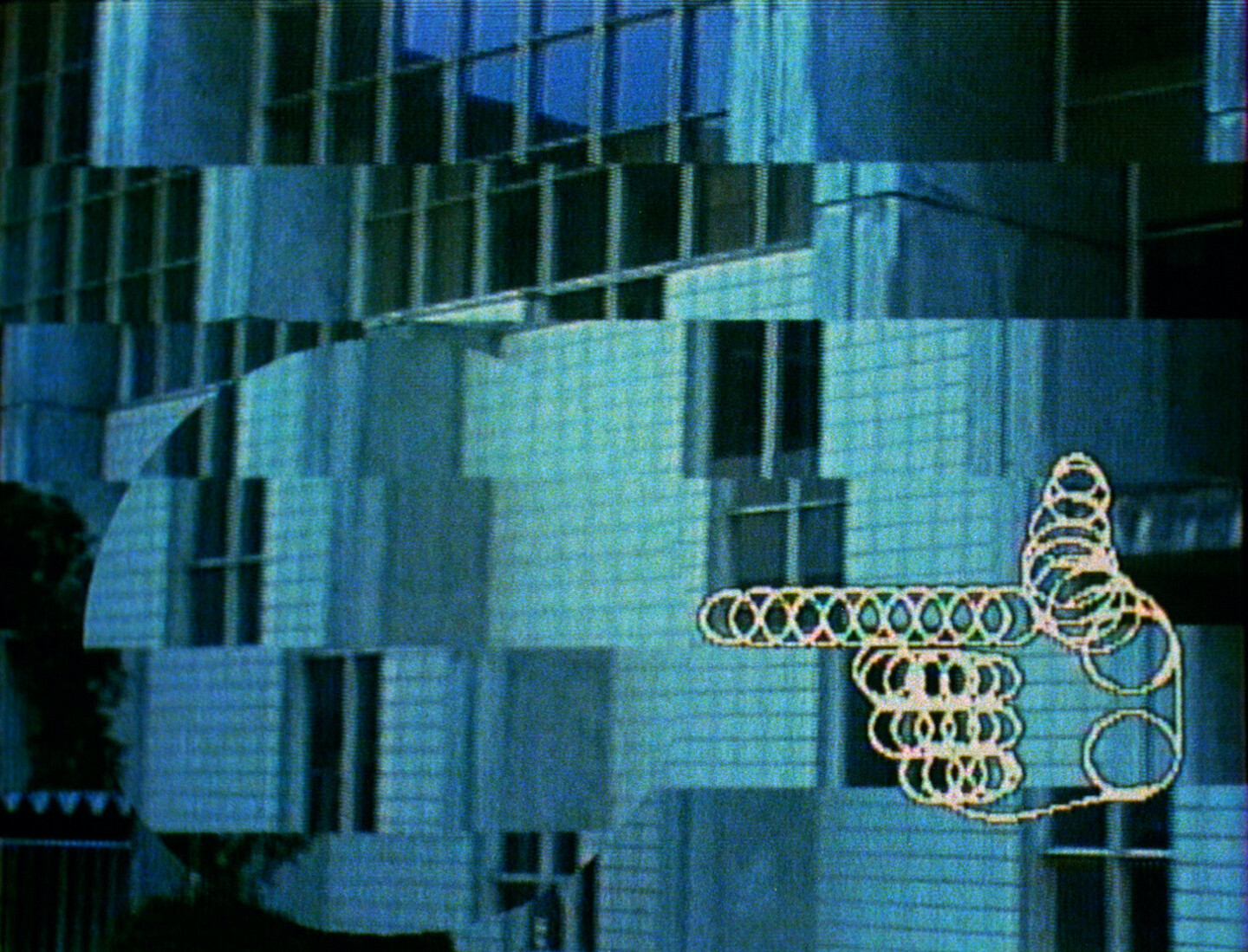Staff Picks
Shift
Toshio Matsumoto
1982
8 Minutes
Courtesy of Postwar Japan Moving Image Archive.
Staff Picks
Date
November 1-30, 2024
Video footage of continuous pans and zooms over concrete architecture is split across six horizontal sections so that each section progresses with a time lag. Time-space seems to cascade on the screen. As with Relation (Kankei), the edited tape was transferred onto 16-mm film.
Shift (Danso) is presented on e-flux Film alongside Relation (Kankei) (1982), and Connection (1981) as the November 2024 edition of the monthly series Staff Picks. Toshio Matsumoto began his creative career in avant-garde documentary and transitioned to making experimental films in the late 1960s, viewing them as a means of expressing the pre-logical unconscious. In the 1980s, influenced by the field of semiotics, he began to explore methods for disturbing perceptual unity. In these works, existing forms are deconstructed and different configurations of moving-image emerge. Matsumoto called this the Relation Series. In the mid-1980s, this theme was elevated from a perceptual to a narrative level, culminating in the feature film Dogra Magra (1988).
For more information, contact program@e-flux.com
